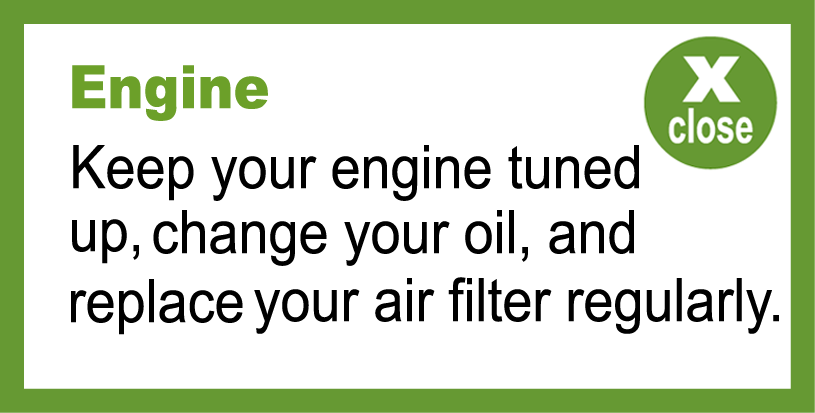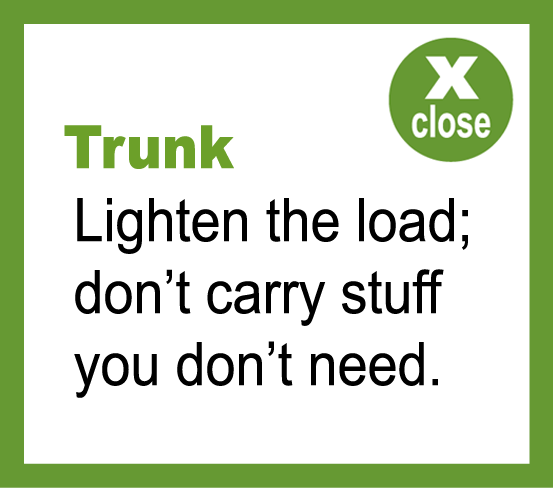Green Vehicles
 How do you get to where you need to go? In the United States, vehicles that burn gasoline and diesel fuel are the main form of transportation for most people. Cars, trucks, buses, airplanes, trains, and other vehicles account for almost one–third of the energy consumed in the United States–and they also produce almost one–third of our greenhouse gas emissions.
How do you get to where you need to go? In the United States, vehicles that burn gasoline and diesel fuel are the main form of transportation for most people. Cars, trucks, buses, airplanes, trains, and other vehicles account for almost one–third of the energy consumed in the United States–and they also produce almost one–third of our greenhouse gas emissions.
While past generations were only able to buy gasoline–powered cars, you will have many more options! Vehicles are now available that use less energy and are better for the environment, and even more of these vehicles will be available in the future.
- Fuel–efficient cars use less gasoline than other cars to travel the same distance. When less gasoline is burned, less carbon dioxide ends up in the atmosphere.
- Alternative fuel vehicles run on fuels other than gasoline. Burning natural gas produces less carbon dioxide than gasoline or diesel, and burning hydrogen produces no carbon dioxide at all!
- Flexible fuel vehicles can run on gasoline, but they can also use a blend of up to 85 percent ethanol (a fuel produced from corn, sugar cane, or other types of biomass) and 15 percent gasoline, known as E85. These cars have been produced since the 1980s.
- Electric vehicles are powered by an electric motor instead of a gasoline engine. From the outside, you might not be able to tell if a car is electric, but you'll see the difference if you look under the hood! Large batteries store energy to power the car, and you just plug it in to refuel. Electric vehicles emit no direct pollution, and if sources like wind and solar are used to generate the electricity, their total carbon dioxide emissions can be very small. You'll see more and more of these cars on the road in the years to come.
- Hybrid–electric vehicles combine the benefits of gasoline engines and electric motors. A hybrid car can go up to twice as far on a gallon of gasoline as a typical gasoline-powered car.
Making Cars More Fuel–Efficient
You don't have to buy a new car to save energy!
Select different parts of the car below for a few simple tips to help your family use less gasoline and reduce greenhouse gas emissions.
Alternative version for screen reader user

















Cool Facts
- The car culture. Americans drive their cars, motorcycles, trucks, and buses a total of 3 trillion miles per year. That's like driving to the sun and back 13,440 times!
- On the road to savings. If your family drives 15,000 miles per year, gas costs $3.00 per gallon, and your car gets 30 miles per gallon (MPG), you can save $750 a year compared with a car that gets 20 MPG! You'll also prevent 2.5 tons of carbon dioxide emissions every year.
- Best in class. Find the most fuel–efficient vehicle for your family's needs by checking out the annual U.S. fuel economy guide. The guide also provides tips for saving fuel and cash at the pump.